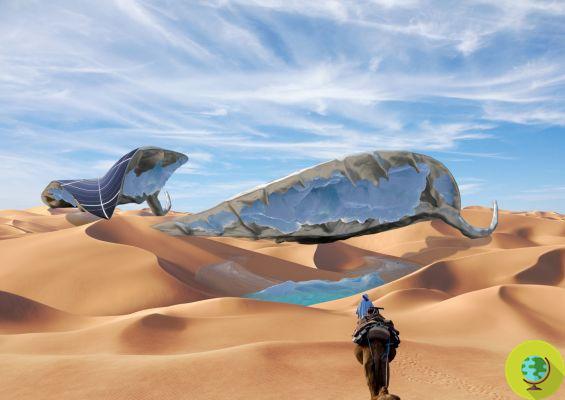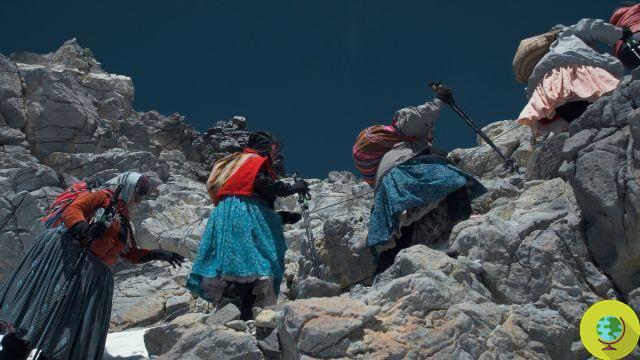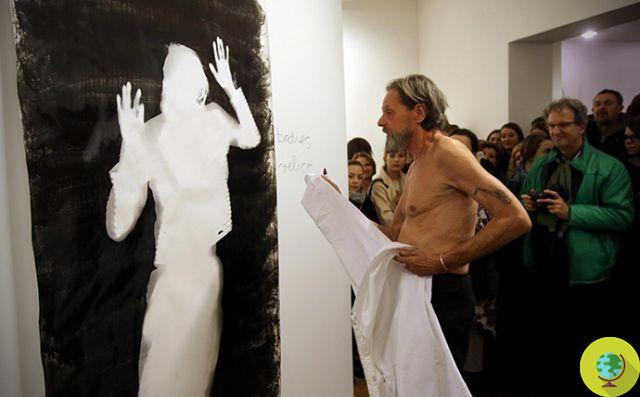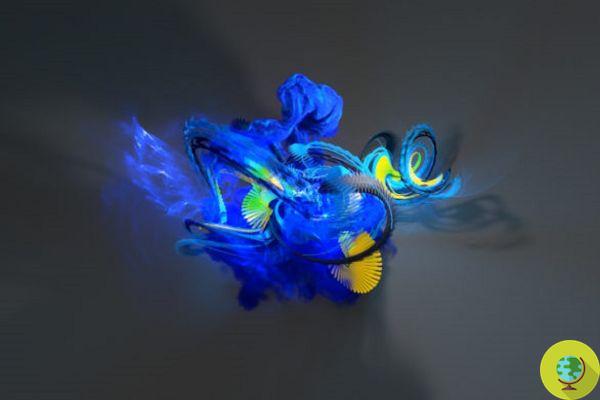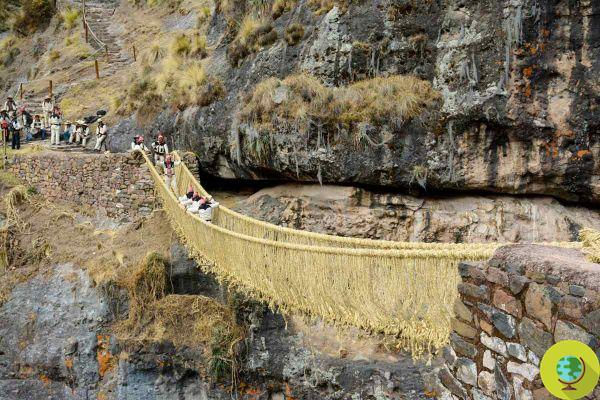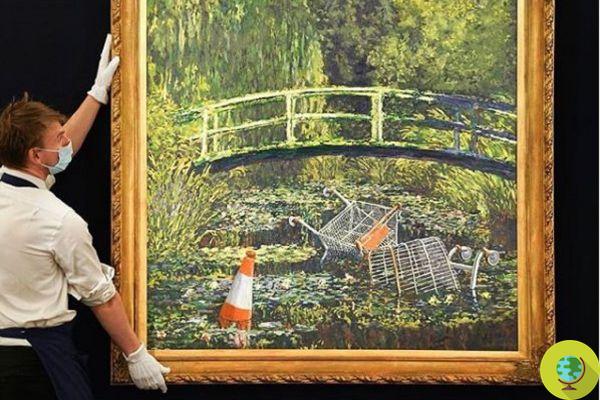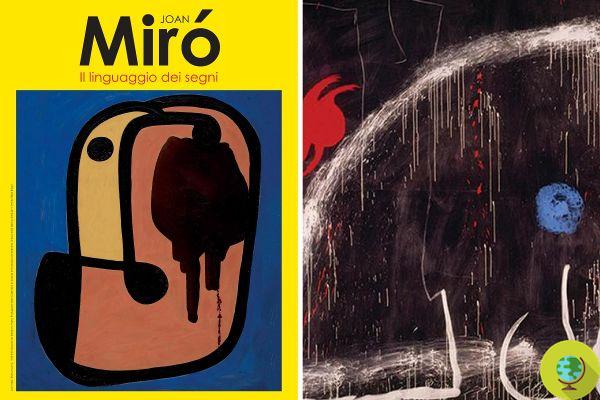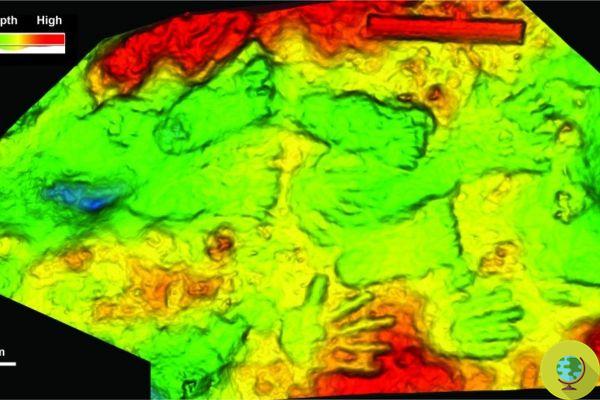
Discovery of children's footprints left in mud in Tibet, which has preserved them for hundreds of thousands of years
He is about to end up run over, his mother saves himDiscovered in Tibet perhaps the oldest form of art still preserved: footprints of children left in the mud, which has preserved them for hundreds of thousands of years
A team of researchers from Guanzhou University and Bournemouth University discovered in Quesang, on the Tibetan plateau, five handprints and five footprints belonging to two children. The location and accuracy of the traces indicate that these were intentionally left on what was once a mud puddle but which over the millennia has turned into a boulder of travertine. Based on their size, it was deduced that the traces would belong to a 7-year-old and a 12-year-old boy and would have been made between 169.000 and 226.000 years ago. To date these traces, the archaeologists measured the decay of the uranium present in the travertine.
If the dating proposed by the scholars is correct, it would be the oldest form of rock art known so far. The two children would belong to the Neanderthal species, of which we already have artistic examples. The traces have intrigued the archaeologists for their anomalous arrangement on the stone: it is not possible that they were left by chance following normal walking; instead they seem to have been deliberately left as decoration.
Imagine these prehistoric children, playing in the mud on a sunny summer day, carefully making hand and footprints - say the archaeologists. - And imagine that these footprints can be preserved for thousands of years, and reach us intact, since the mud has hardened to form what we now call travertine. It is an incredible demonstration of the artistic nature of prehistoric men, but also of the inventiveness of the little Neanderthals.
Follow us on Telegram | Instagram | Facebook | TikTok | Youtube
Fonte: Science Bulletin / Bournemouth University
We also recommend:
- Viruses found 15 years ago in Tibet's glaciers (melting due to climate crisis)
- Artificial intelligence in search of archaeological remains and wrecks on the submerged seabed
- Archaeologists found human footprints from 115.000 years ago (where they shouldn't be)





